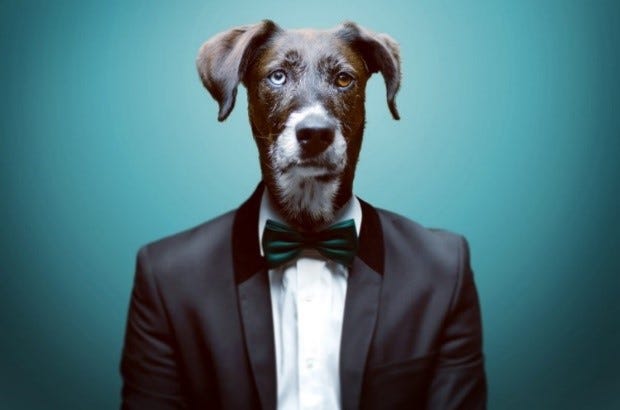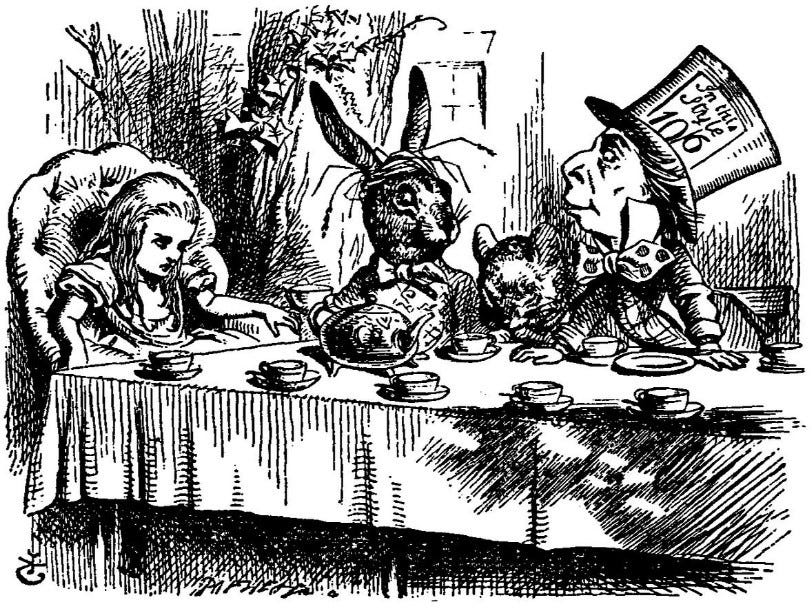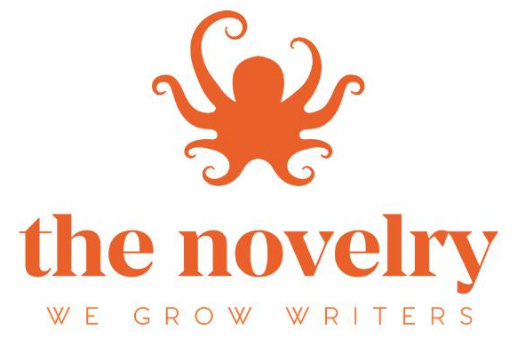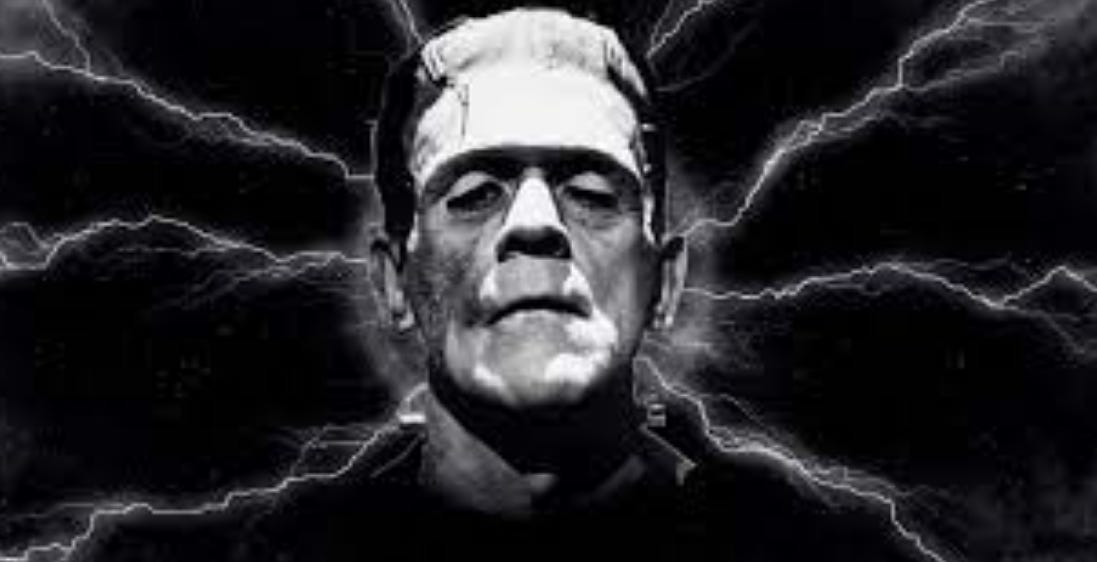Choices, choices. Don’t be intimidated by this tongue-in-cheek chart by the excellent cartoonist Tom Gauld. That story you’ve hopefully had germinating will dictate which characters you need. As far as major ones, we’ll dedicate future issues to the protagonist, the antagonist and the rest of cast.
As you’re dreaming your players up, do keep this fun fact in mind:
Characters do NOT necessarily have to be human.
They could be…well, anything. Or, as defined on the site Literary Terms:
“Character is a person, animal, being, creature, or thing in a story.”
Think talking animals in kidlit. Think the Hal 9000 computer in Arthur C. Clarke’s 2001: A Space Odyssey. Think everything from computers to a bowl of petunias in Douglas Adams’ Hitchhiker series. All are examples of anthropomorphism, or applying human characteristics to non-humans, meaning either things or animals.
Kaffa’s classic novella Metamorphosis is a well-known example (no spoilers, but if you haven’t read it, do it, and meet one character you’ll never forget). Just know that it’s perfectly fine to use non-human characters, if you can pull it off. Otherwise…
Where to Start?
There are a number of structured programs online, if you find such support helpful.
Now Novel guides writers through a series of steps, complete with eye-catching graphics.
Milanote also leads writers through stages of creating character, from archetype to backstory to arc and descriptive details.
Or…
…you could use the framework I’ve been preparing in this newsletter as a template for creating your characters. I’ll help by giving summaries of and links to each character-creation-related post.
And coming up…I’ve got a step-by-step example for you.
This new section will show the writing process complete with before-and-after drafts. We’ll start this next time. For now, let’s pause for…
A Random Character-Creation Tip
Spend Time with your Characters.
Here’s a blog which suggests you bring your characters with you in your day-to day life, or at least imagine them there. The idea is to try to get to know what these made-up individuals might do which would differentiate them from their fictional counterparts (or real-life ones, for that matter!). Their example:
“Imagine them in each situation. How do they behave at the supermarket? Did they bring a list? Did they stick to it? Do they opt for self-check-out or human interaction? How did they travel to the shop? Would they change their plan to get home if it started raining?”
Here’s something else that might seem random: an illustration from a fine fable called The North Wind and the Sun. I’m really only including it as a li’l visual clue for...
What is anthropomorphism?
Action Plan
Please patronize the talented Unsplash photographers who illustrate these pages!
Next Up
#44) Creating Characters, Putting Meat on the Bones 1. Check it out in two weeks!
Craig





















My characters are all real people. Hope they don't figure that out : )